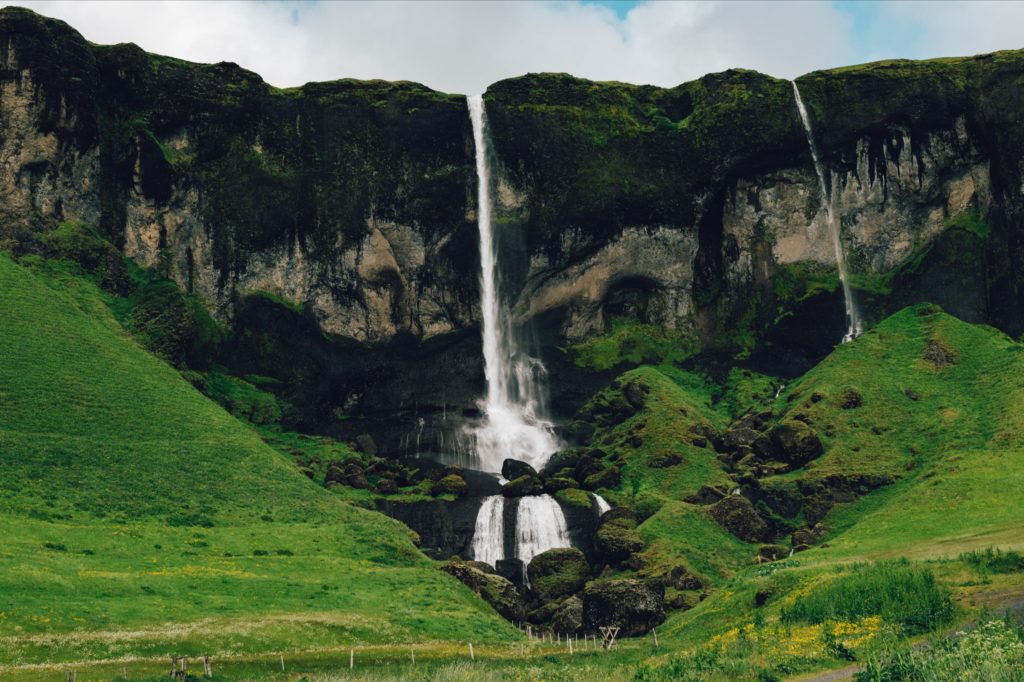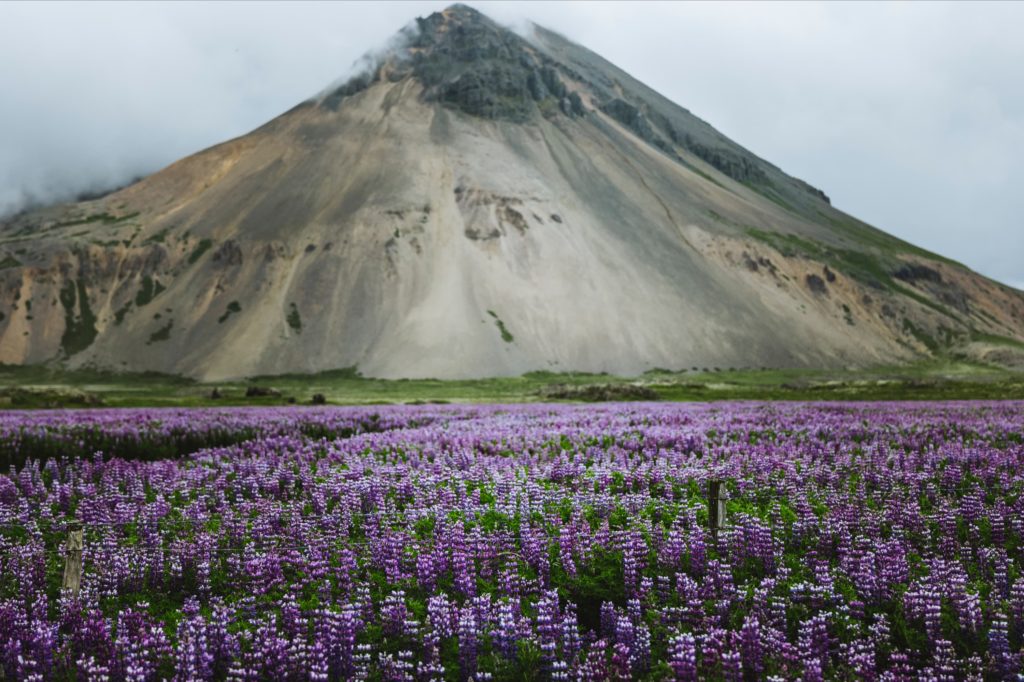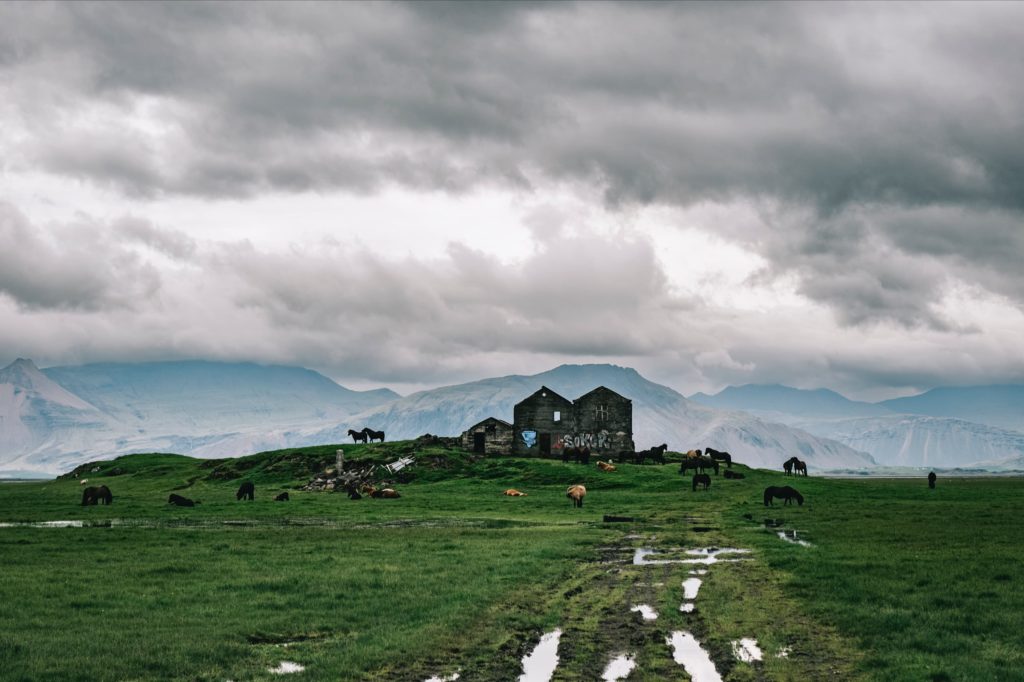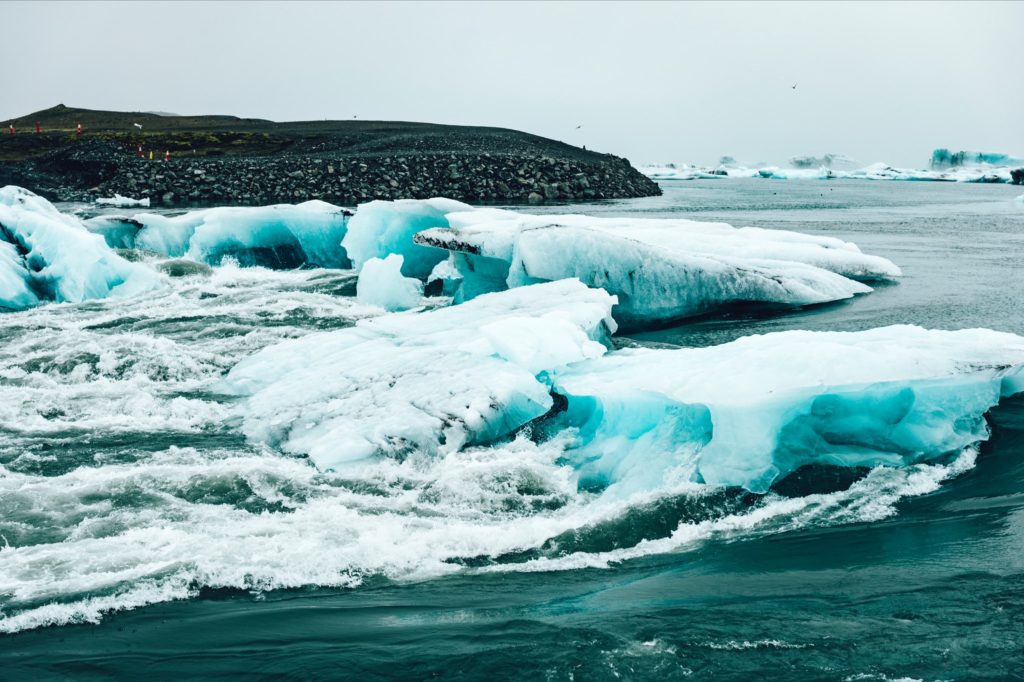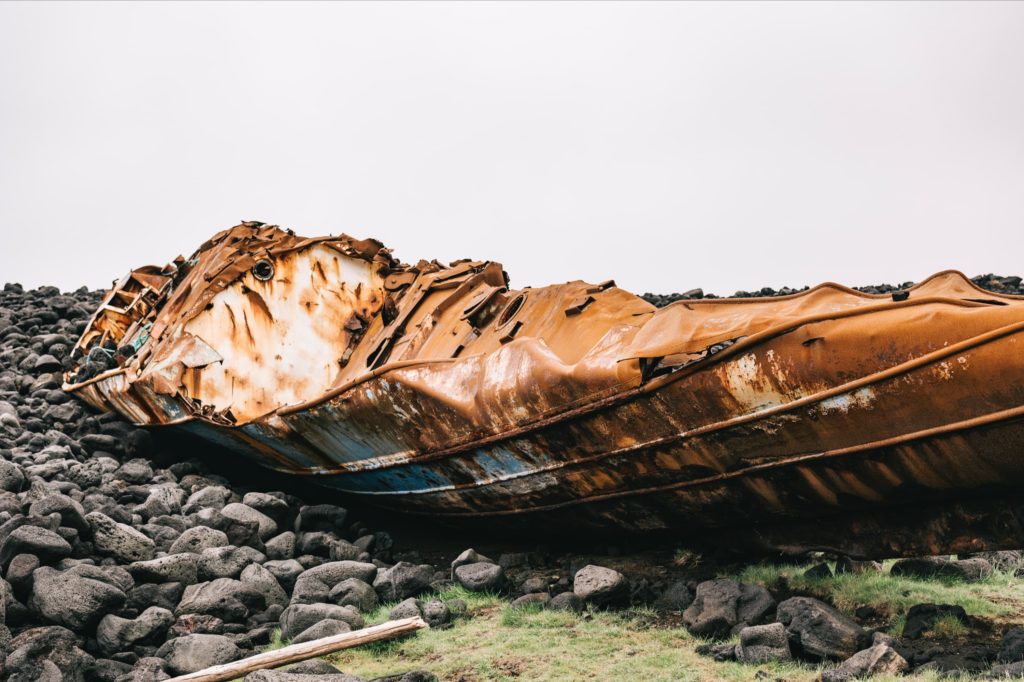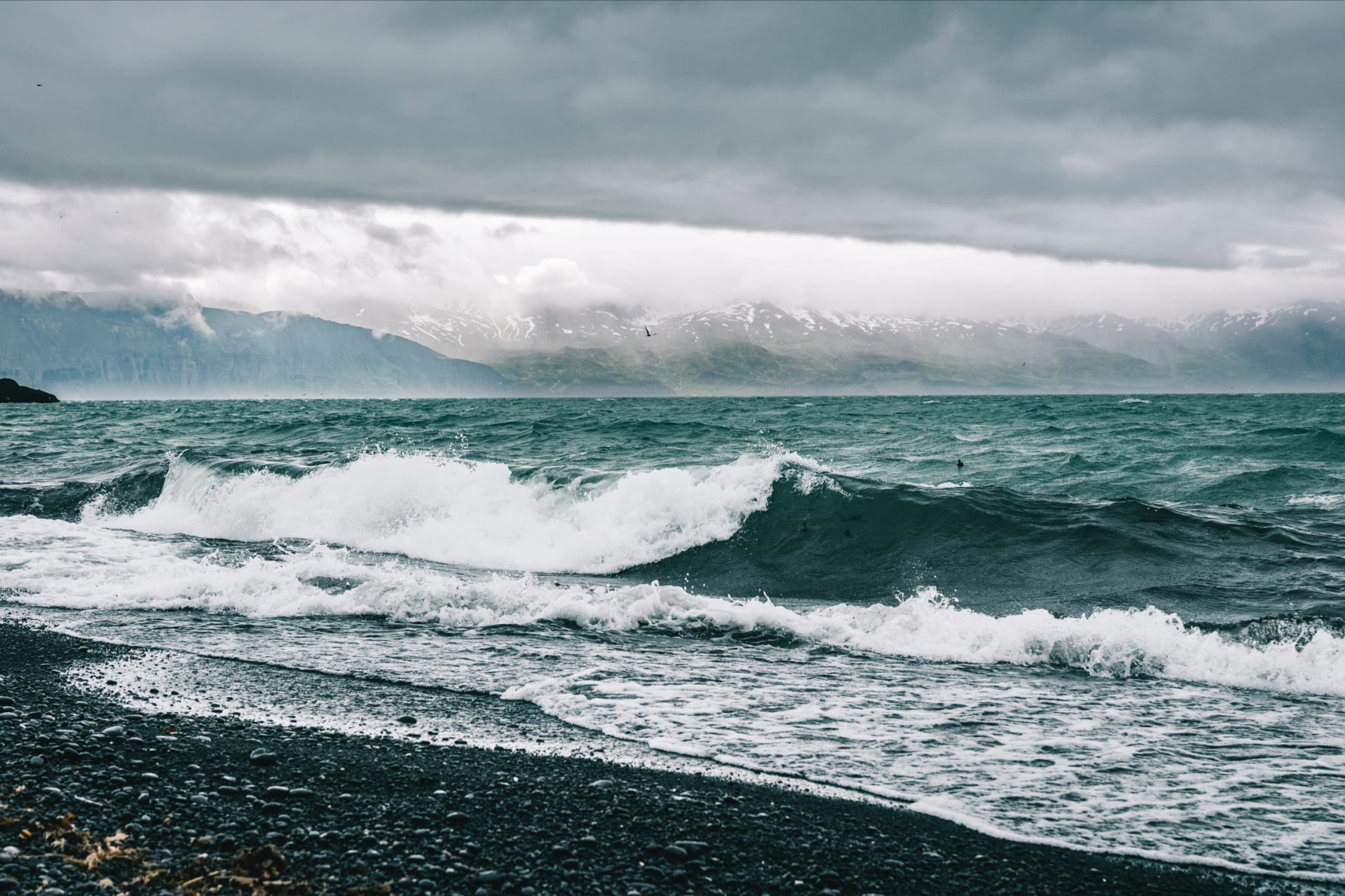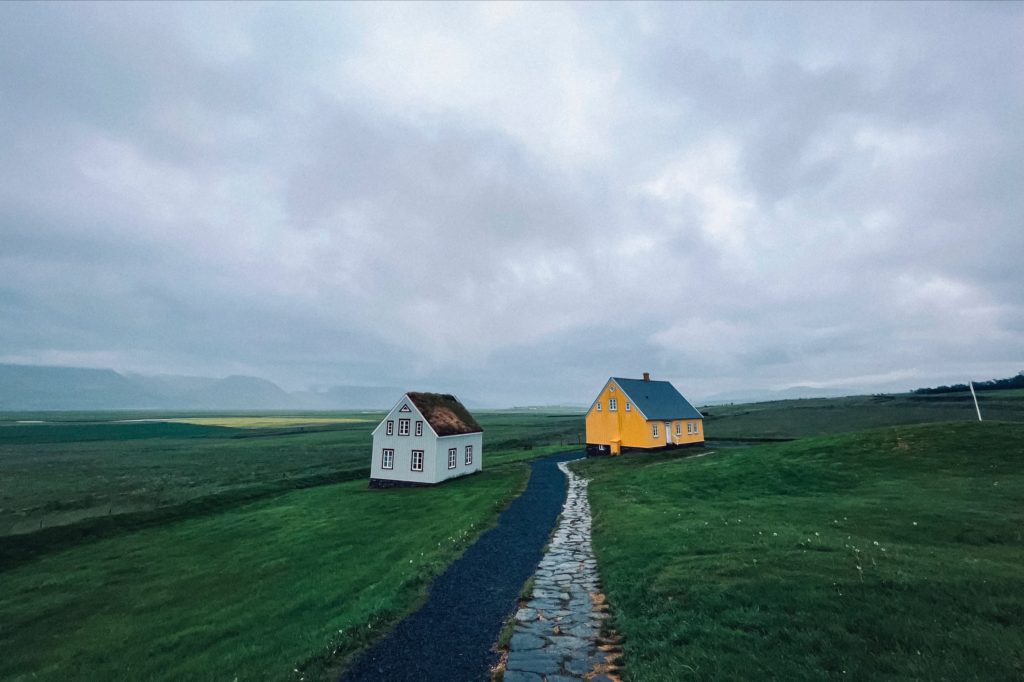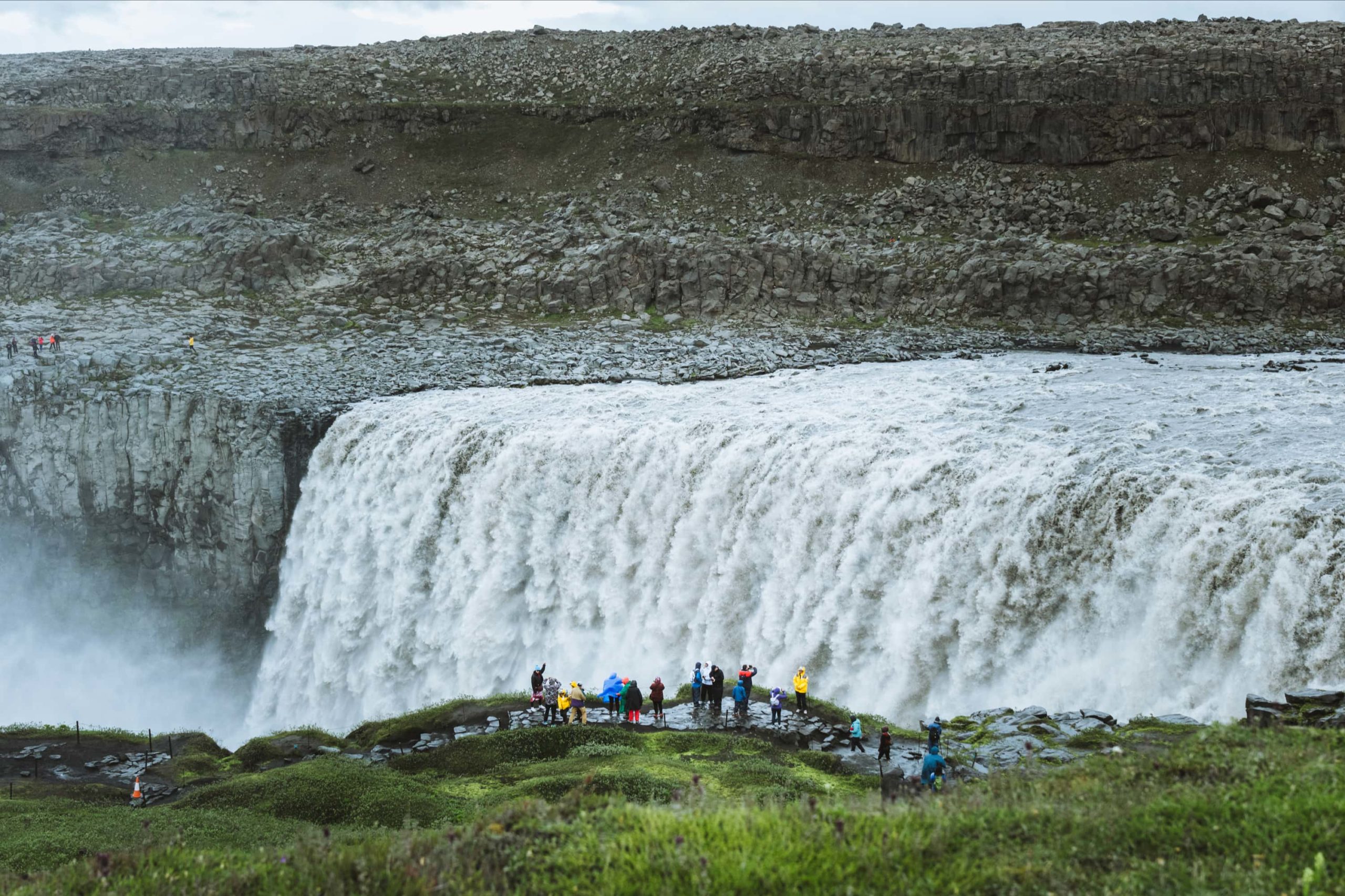With a population of just a few hundred thousand people living mostly in the capital of Reykjavik, the Nordic island nation of Iceland is known for its active volcanoes, bubbling geothermal bathes, erupting geyser and spectacular geysers. Located on the way to the Americas, Iceland is also known as a way station for the Vikings on their voyages to discover new lands, and it’s location has positioned the national airlines – Icelandair – as a viable option for making a pitstop on the way to Europe and back for travelers hailing from North America. Here we take you on a spectacular tour of the island to get a flavor of what you could discover during short layover.
Iceland Raw
21 September 2023 | Photography by Wilhelm Westergren
Ecosystems // VIEWS
